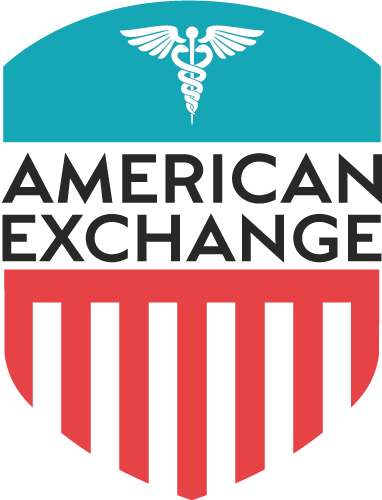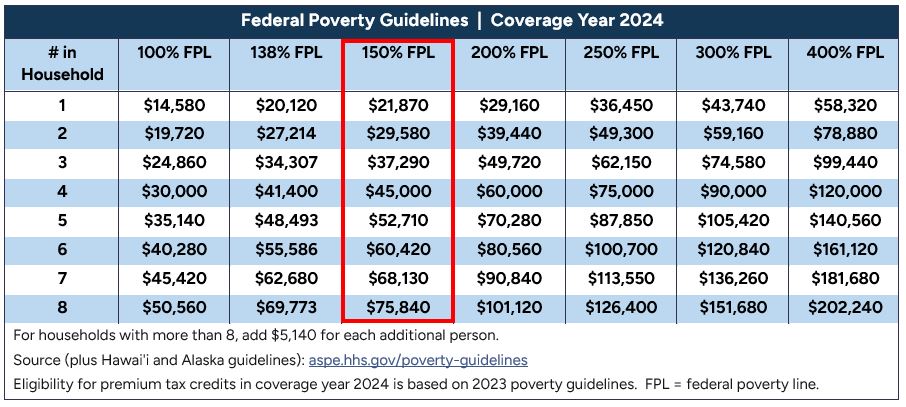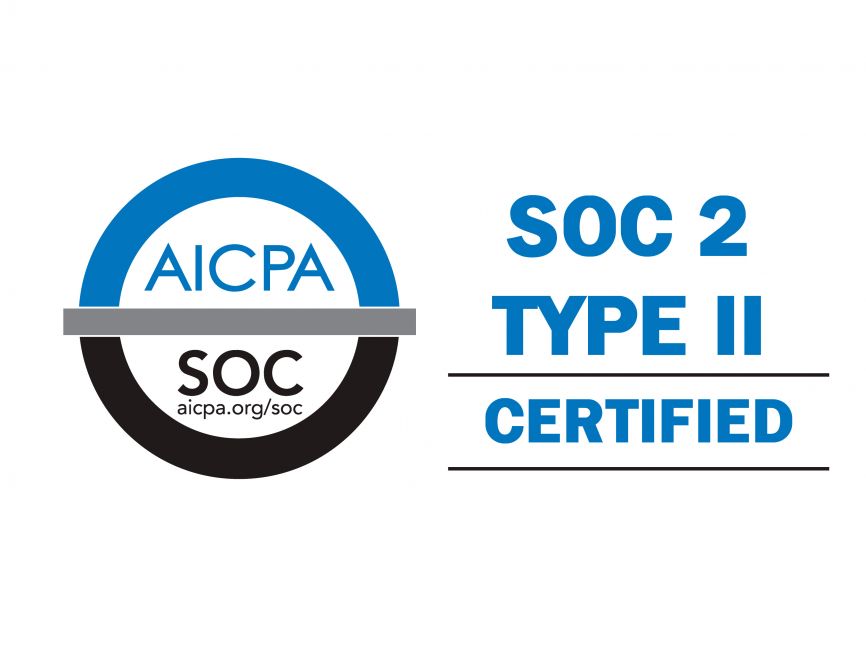Open enrollment for federal marketplace health coverage year 2024 is from November 1, 2023 – January 15, 2024. States that have their own exchanges may have different end dates (see What is a State Exchange in this FAQ).
If you’d like help enrolling in a plan and live in a state served by the health insurance marketplace, call American Exchange at 1.888.995.1674. We can compare plans available in your area at no cost to you, so you get the best coverage for you and your family.
We can help you enroll in plans through the following state exchanges in:
- California
- Maryland
- Nevada


